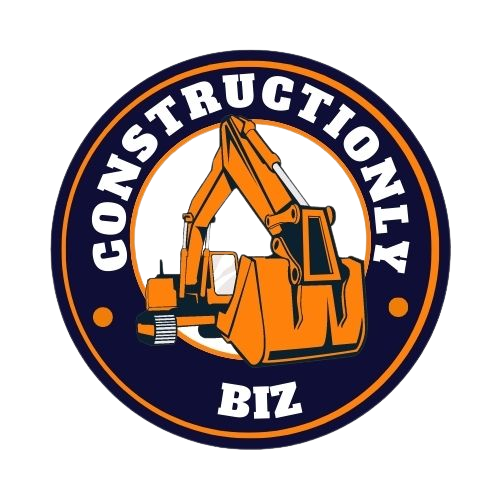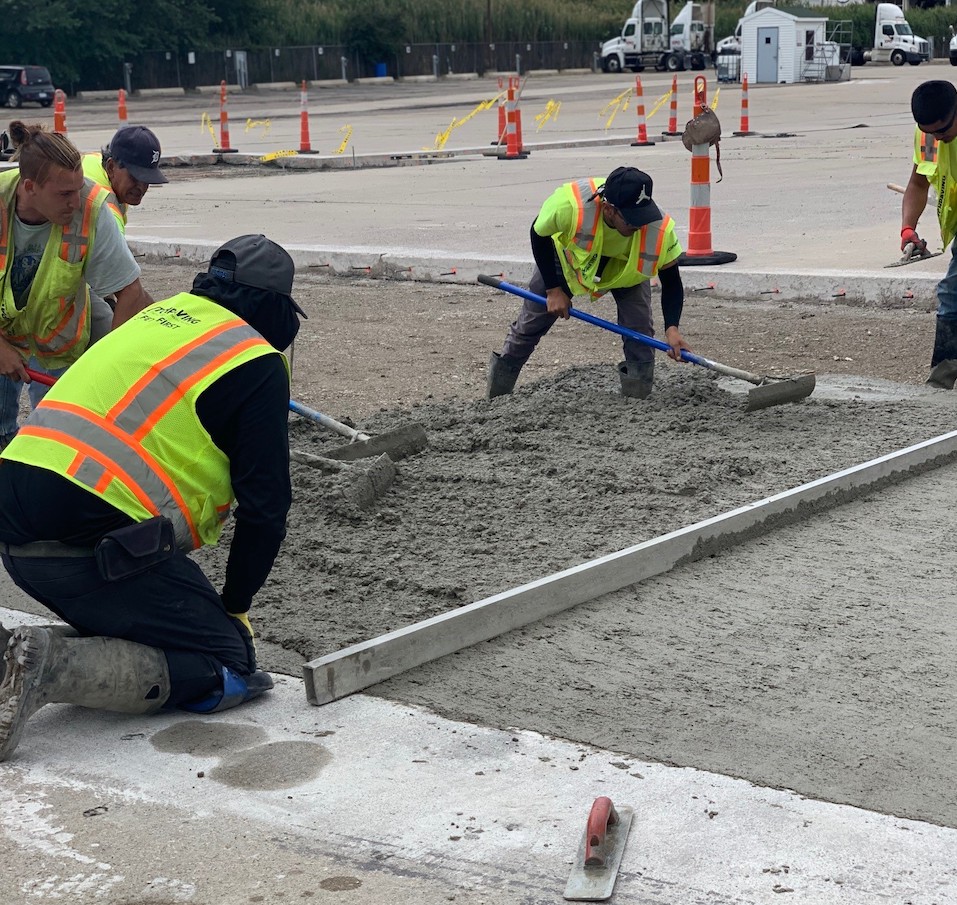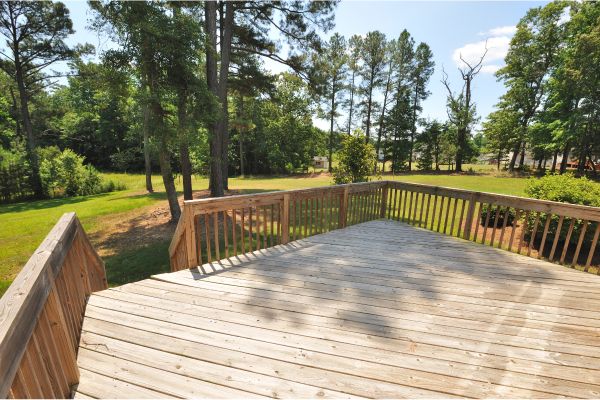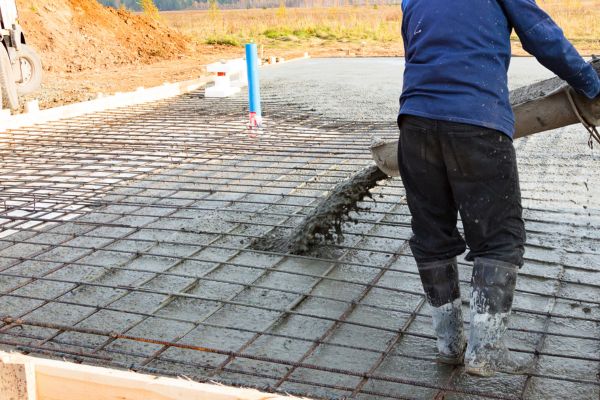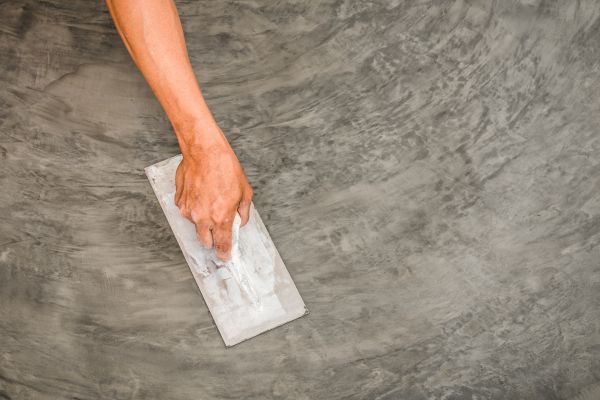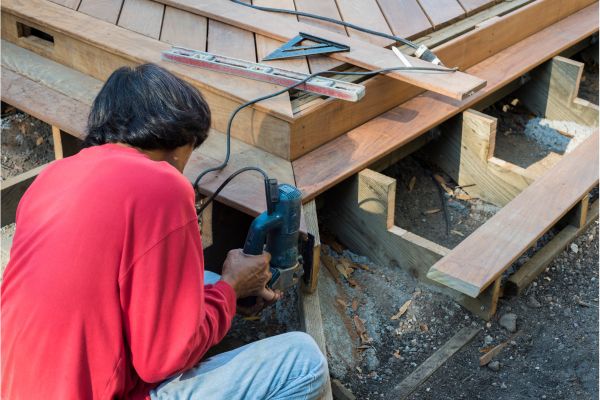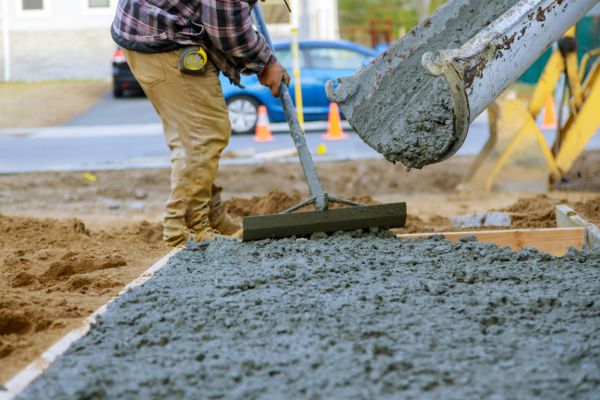Concrete services serve as the backbone of construction and infrastructure projects, forming the very foundation upon which structures stand. While the surface might be the first thing we see, there’s a wealth of intricate details that lie beneath the concrete’s exterior. In this blog, we embark on a journey to uncover the multifaceted dimensions of concrete services that go beyond the surface, revealing their crucial role in building sustainable, resilient, and aesthetically pleasing structures.
I. The Foundation of Excellence: Understanding Concrete Services
Concrete, often called “liquid stone,” plays a pivotal role in construction due to its strength and versatility. Concrete services encompass several critical steps: precise mixing, meticulous pouring, skillful finishing, and patient curing. The preparation phase, which involves evaluating the site, understanding load requirements, and choosing the right concrete mix, is vital for a successful project.
II. Uncovering the Types of Concrete Finishes
Concrete finishes extend beyond mere functionality. They offer an array of visual aesthetics and tactile experiences. From the sleekness of smooth concrete to the intricate patterns of stamped designs, the exposed aggregate’s natural beauty, and the elegance of polished surfaces, each finish brings a distinct character to the structure. Choosing the right finish involves a careful balance between form and function.
III. Reinforcement Matters: Reinforcing Concrete for Durability
While concrete provides compressive strength, it lacks tensile strength. This is where reinforcement comes into play. Steel rebars, wire mesh, and advanced materials like fiber-reinforced concrete reinforce the concrete, ensuring it can withstand the forces of nature and time. Proper reinforcement not only enhances durability but also prolongs the life of structures.
IV. The Art of Concrete Staining and Coloring
Concrete is no longer confined to a dull gray hue. Concrete staining and coloring techniques offer a wide spectrum of options to architects and designers. Acid staining creates a marbled effect, while water-based stains offer a more uniform coloration. Integral coloring adds pigment directly to the concrete mix. These techniques not only enhance the appearance of surfaces but also protect them from the elements.
V. Going Green: Sustainable Approaches in Concrete Services
As environmental consciousness grows, so does the demand for sustainable construction practices. Concrete services are embracing eco-friendly methods, such as incorporating recycled materials and responsibly sourced aggregates. Previous concrete, with its porous structure, aids in stormwater management. Adopting these practices benefits both the environment and communities.
VI. Mastering Concrete Repairs and Restoration
Concrete’s durability is impressive, but it’s not immune to wear and tear. Cracks, spalling, and erosion are common issues. Repair and restoration services involve techniques like epoxy injection, concrete overlays, and patching. Swift action and appropriate repairs can extend the life of structures and prevent further damage.
VII. The Human Factor: Choosing the Right Concrete Contractor
Behind every successful concrete project is a skilled contractor. Selecting the right one involves thorough research, including verifying licenses, certifications, and examining past projects. Effective communication and collaboration ensure that the project stays on track, within budget, and meets or exceeds expectations.
VIII. Budgeting for Concrete Projects: Cost Factors and Estimates
Concrete projects entail various costs, including materials, labor, equipment, and unforeseen expenses. Obtaining accurate estimates is crucial to prevent budget overruns. While cost optimization is essential, cutting corners can compromise quality. Balancing budget constraints with the project’s requirements is key.
IX. Future Trends in Concrete Services
The concrete industry is evolving with groundbreaking innovations. 3D-printed concrete structures are revolutionizing construction methods, while self-healing concrete holds the promise of increased longevity. Embracing these trends can lead to more sustainable, efficient, and resilient projects in the future.
Conclusion
Concrete services extend far beyond the surface, encompassing a myriad of elements that contribute to the strength, aesthetics, and sustainability of structures. By delving into the depths of concrete services, we gain a deeper appreciation for the intricate craftsmanship and engineering that shape the built environment. As construction practices continue to evolve, considering these multifaceted aspects will be crucial for successful, enduring projects.
